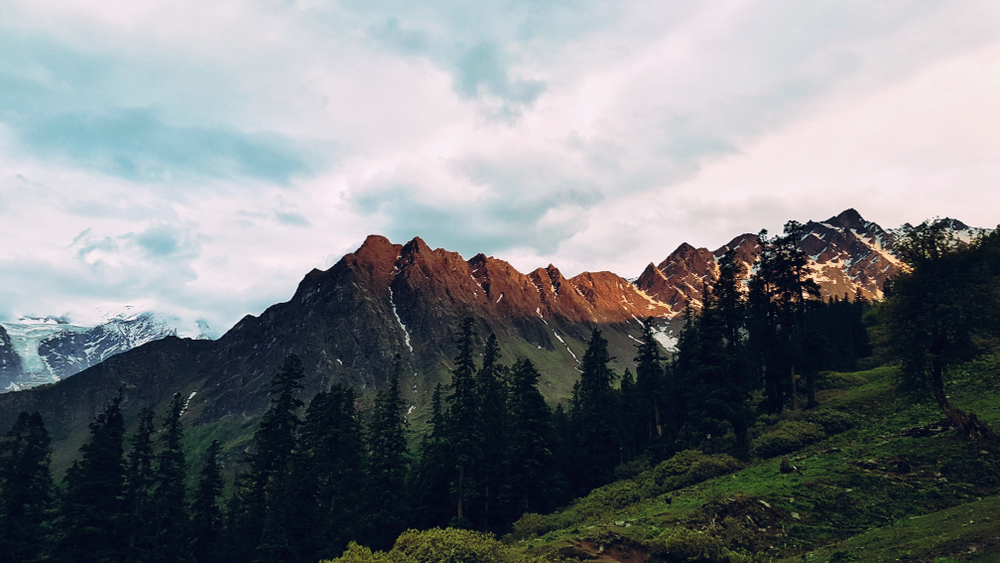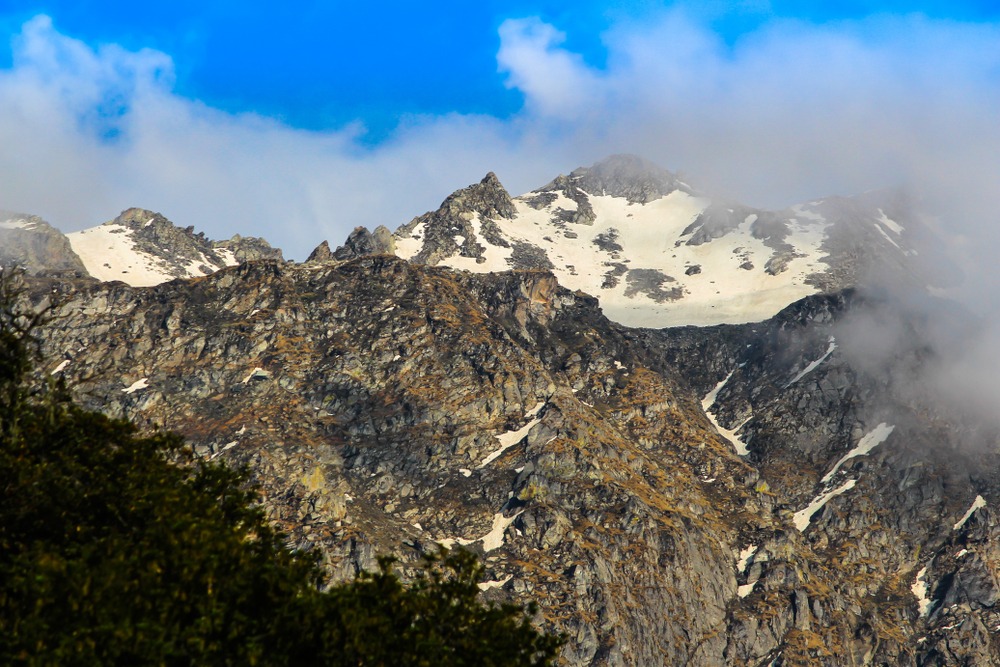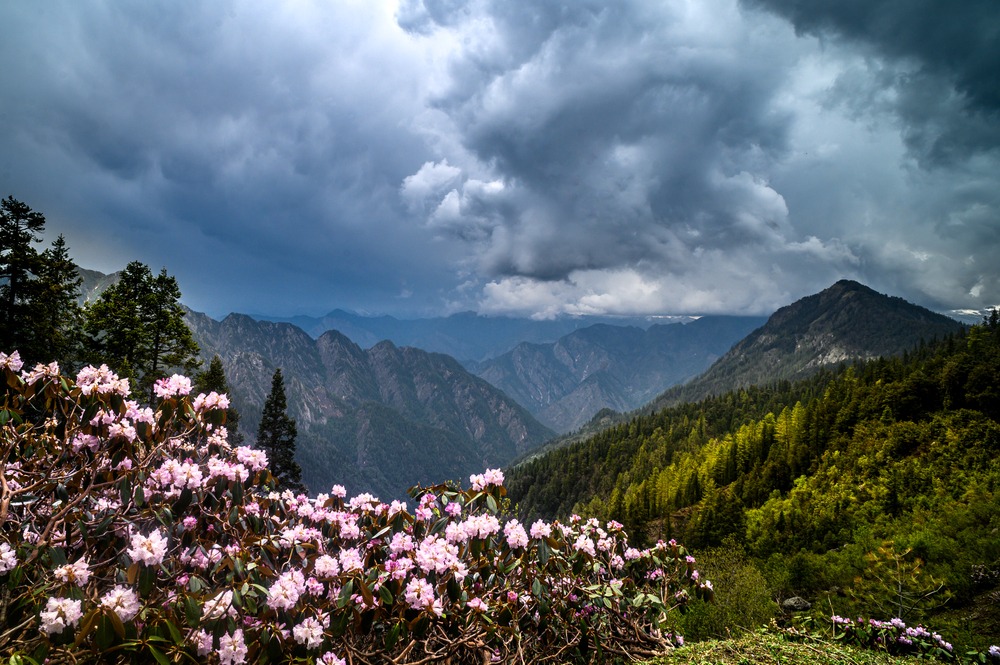Are you someone who dreams of snow-covered trails, scenic landscapes, and the thrill of conquering towering mountains? If yes, the Sar Pass Trek in Himachal Pradesh is calling your name! This trek isn’t just about ticking off another destination—it’s a chance to immerse yourself in nature, test your limits, and create unforgettable memories. To make it hassle-free, the right planning and a professional guide are key. Here’s everything you need to know to make this adventure smooth and unforgettable.
Why Sar Pass Trek Should Be on Your Bucket List
Where Exactly Is Sar Pass Trek?
Sar Pass is nestled in Himachal Pradesh’s stunning Parvati Valley. Starting from Kasol, a haven for backpackers, the trek takes you through a variety of terrains, including thick forests, lush meadows, and snowy mountain paths. At 13,800 feet above sea level, Sar Pass provides an amazing blend of excitement and tranquility.
But let’s not underestimate it. While the trek is categorized as moderate, the high altitude and changing terrain add just enough challenge to keep things exciting. It’s perfect for those who want a blend of thrill and nature’s beauty without diving into overly strenuous climbs.
What Makes This Sar Pass Trek Special?
Imagine sliding down a vast stretch of snow after an exhilarating climb. Or waking up to panoramic views of Himalayan peaks shimmering under the sunrise. That’s Sar Pass for you! The trek also offers diverse landscapes—one moment you’re surrounded by vibrant wildflowers, and the next, you’re trudging through a snowy wonderland.
It’s not just the scenery; the culture adds a special touch. Passing by remote villages gives you a glimpse into the local way of life, making the journey as enriching culturally as it is visually.
When’s the Best Time to Go?
Timing is everything when planning your trek. From May to June, the region bursts with life—flowers in full bloom and trails buzzing with fellow trekkers. September to October, on the other hand, is quieter, offering a golden autumn glow and crisp air. No matter when you go, each season adds its unique charm to the experience.
Why You Shouldn’t Do This Alone: The Power of Professional Guides

Safety First, Always
Let’s face it—trekking in the Himalayas is no walk in the park. Trails can be unpredictable, and weather can change in an instant. A professional guide ensures you’re prepared for whatever comes your way. They’re trained to navigate tricky terrains and handle emergencies like altitude sickness or injuries, which can be a lifesaver, especially for beginners. If you’re looking for a reliable trekking company to make your Sar Pass Trek adventure smooth and unforgettable, I highly recommend The Searching Souls. They’re known for their experienced guides, well-organized itineraries, and a strong commitment to safety and eco-friendly practices. Whether you’re a first-time trekker or a seasoned adventurer, they’ll ensure you have a hassle-free and memorable experience.
Having a guide also means you don’t need to stress about directions or routes. They know the trails like locals know their streets, ensuring you don’t take a wrong turn or miss any of the trek’s hidden treasures.
Turning a Trek Into a Story
A guide isn’t just someone who leads you up a trail; they’re your storyteller, cultural interpreter, and safety net all rolled into one. They’ll tell you the names of peaks, explain the significance of local customs, and even point out the best spots for that Instagram-worthy shot. With a guide, the trek transforms from a simple journey into a deeply immersive experience.
Moreover, they handle all the nitty-gritty details, like arranging campsites, food, and permits. All you need to do is focus on the journey and soak in the stunning views.
Your Step-by-Step Blueprint to Trek Success
Do Your Homework
The first step in planning any trek is understanding what you’re signing up for. Research the Sar Pass route, read blogs or vlogs from experienced trekkers, and make note of potential challenges. Knowing what to expect—be it the steep climbs or chilly nights—can help you prepare mentally and physically.
Also, familiarize yourself with the trek’s itinerary. Most treks span 5–6 days, with a combination of climbing, resting, and acclimatizing. This knowledge will help you pace yourself better and avoid burnout.
Pick the Right Guide
Choosing a trekking agency or guide can feel overwhelming, but it’s worth taking the time to find the right fit. Seek out organizations with a solid track record, appropriate certifications, and positive evaluations. Don’t hesitate to ask questions about their experience, the services they provide, and how they handle emergencies.
Professionalism matters, but so does personality. You’ll be spending several days with your guide, so finding someone friendly and approachable can enhance your trek’s overall vibe.
Get Fit (Yes, It’s Necessary!)
Physical preparation is non-negotiable for a trek like Sar Pass. Start with basic cardio like jogging or swimming and incorporate strength training for your legs and core. Don’t forget flexibility exercises like yoga—they’ll make all the difference during those long stretches of walking.
Mental readiness is just as important. Trekking often tests your patience, resilience, and ability to adapt to unexpected changes. Go in with a positive attitude, and you’ll enjoy the journey more, even on challenging days.
Pack Like a Pro: Essentials for Sar Pass
Clothes That Work With the Weather
The key to packing for Sar Pass is layering. Start with thermals to keep you warm, add a fleece jacket for insulation, and top it off with a waterproof outer layer to tackle unexpected rain or snow. Don’t skimp on quality trekking socks, gloves, and a woolen cap—keeping extremities warm is crucial in the cold.
Your footwear is equally important. Invest in a pair of trekking boots with excellent grip and ankle support. Trust me, your feet will thank you after hours on uneven, sometimes slippery terrain.
Gadgets and Gear
A sturdy backpack with good back support is essential. Pack light, but make sure you’ve got the essentials like a headlamp, trekking poles, a rain cover, and a durable sleeping bag. If you’re trekking during snow season, sunglasses with UV protection are a must to prevent snow blindness.
First Aid and Snacks
Altitude can bring its own set of challenges, so carrying a well-stocked first aid kit is non-negotiable. Include medicines for headaches, nausea, and muscle pain, along with antiseptics and bandages. For energy on the go, stash some protein bars, nuts, and chocolates in your pack—they’ll keep you fueled during those long climbs.
What You’ll Experience (and Love) on the Sar Pass Trek
Unpredictable Weather

Mountain weather is like a moody artist—it can change without warning. You might start your day under clear blue skies, only to find yourself in a sudden snowfall by afternoon. Always be prepared with waterproof clothing and an adaptable mindset.
That said, the weather is part of the adventure. The mix of sunshine, mist, and snow creates ever-changing landscapes that will leave you in awe.
Tents and Simple Meals
The Sar Pass Trek is all about embracing simplicity. At night, you’ll sleep under the stars in cozy tents arranged by your guide. Meals are basic yet nourishing—think dal-chawal, sabzi, and hot tea. It’s the kind of soul food that tastes even better after a long day on the trail.
Camping adds its own charm to the trek. The quiet of the mountains, the warmth of a bonfire, and the camaraderie of fellow trekkers make it a unique experience you’ll treasure.
Money Matters: Budgeting for Your Sar Pass Trek
What’s in the Package?
Let’s talk numbers. Most trekking agencies offer comprehensive packages that cover everything you need during the trek, including accommodation, meals, equipment like tents and sleeping bags, and the expertise of professional guides. These packages typically cost between INR 7,000 and INR 15,000 per person. While this may seem like a significant investment, it ensures that you can focus entirely on the experience without worrying about logistics.
What makes these packages worth it is their convenience. From arranging permits to setting up campsites and managing food, everything is taken care of. Plus, most packages offer well-planned itineraries that balance trekking hours, acclimatization stops, and rest periods, ensuring you enjoy the trek without overexerting yourself.
Don’t Forget Extras
While the package takes care of most essentials, there are some additional costs you should consider. Getting to the starting point at Kasol requires travel expenses, whether you’re taking a bus, train, or flight. If you’re renting gear or buying trekking essentials like jackets or shoes, that adds to the budget too.
It’s also wise to keep an emergency fund. Sometimes, unforeseen circumstances—like a need for medical assistance or an extra day due to bad weather—can stretch your budget. Having a little financial cushion ensures that nothing derails your adventure.
Trek Smart: Tips for a Stress-Free Experience
Teamwork Makes the Dream Work
Trekking as part of a group adds a whole new layer of fun to the experience. However, it also requires a bit of give-and-take. Everyone in the group might have a different pace or trekking style, so patience and communication are key. Stick together, encourage each other, and share responsibilities like carrying snacks or setting up camp.
Group dynamics can make or break your trek, so take time to connect with your fellow trekkers. Sharing stories and laughter by the campfire is one of the most memorable parts of the journey.
Leave Nature Better Than You Found It
One of the golden rules of trekking is respecting the environment. Carry a trash bag to collect your waste and leave no litter behind. Avoid plucking flowers or disturbing wildlife—it’s their home, after all. Small acts of care go a long way in preserving the natural beauty of places like Sar Pass for generations to come.
Guides often emphasize these practices, and some trekking agencies even organize clean-up drives. Joining in not only helps the environment but also gives you a sense of responsibility and pride in contributing positively to the ecosystem.
Hydrate and Energize
Here’s a pro tip: even if you don’t feel thirsty, drink water. High altitudes can quickly dehydrate you, which might lead to fatigue or headaches. Carry a reusable water bottle and fill it up at natural streams or stops recommended by your guide.
As for snacks, energy bars, chocolates, and dry fruits are your best friends. They’re lightweight, easy to carry, and provide quick bursts of energy when the trail feels endless. Trust me, a handful of trail mix can be a lifesaver during those steep ascents.
Got Questions? I’ve Got Answers
- Can beginners really do this trek?
Yes! The Sar Pass Trek is a great choice for beginners who are ready to challenge themselves a little. It’s not overly technical, but some sections require endurance and determination. With proper preparation and a guide’s support, you’ll find it manageable and immensely rewarding. - What’s the weather like during the trek?
The weather can vary greatly depending on the season. During May and June, expect mild temperatures during the day and chilly nights. September and October are colder, with clearer skies. Regardless of the season, always be prepared for sudden weather changes in the mountains. - Do I need special permits?
Yes, trekking in Himachal Pradesh requires permits, but don’t worry—most trekking agencies handle this for you. Just carry a government-issued ID and a couple of passport-sized photos to ensure a hassle-free process. - What happens if someone falls sick?
Professional guides are equipped to handle medical emergencies. They carry first aid kits and portable oxygen cylinders for altitude-related issues. In case of serious conditions, they’re trained to arrange for evacuation or assistance promptly. - What’s the highlight of the trek?
While the entire journey is memorable, the snow slide near the summit is a highlight for most trekkers. It’s a thrilling yet safe adventure that adds a playful element to the trek and leaves everyone with smiles and stories to tell.
Wrapping It Up
Planning a hassle-free Sar Pass Trek isn’t just about packing right or hiring a guide—it’s about immersing yourself in an unforgettable adventure that challenges your limits and rewards you with breathtaking beauty. From the first step in Kasol to the snow-covered summit and back, every moment is a memory in the making. With professional guides handling the logistics and safety, you can focus on soaking in the journey and connecting with the mountains. For those looking to organize the perfect trek, ReservationsDeal offers seamless booking and travel arrangements, ensuring your adventure goes off without a hitch. Whether you’re seeking flight options, accommodation, or trek packages, ReservationsDeal provides reliable and easy-to-use services to help you plan the ultimate trek experience. Let ReservationsDeal take care of the details, so you can focus on the stunning views and the journey ahead.
So, what are you waiting for? The Sar Pass is calling, and it’s time to answer with a big yes. Go ahead, gather your gear, rally your spirit, and let the magic of the Himalayas transform you.
Category:

Leave a Reply